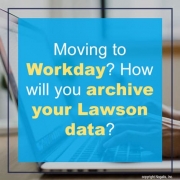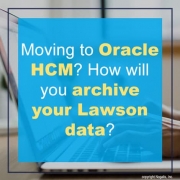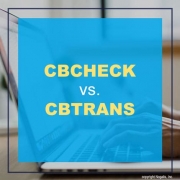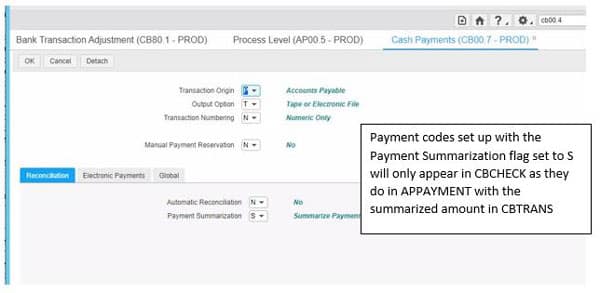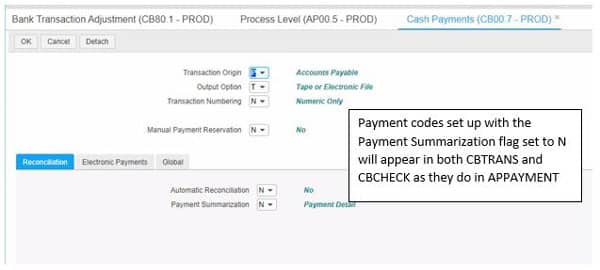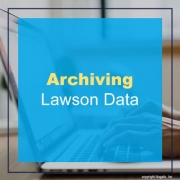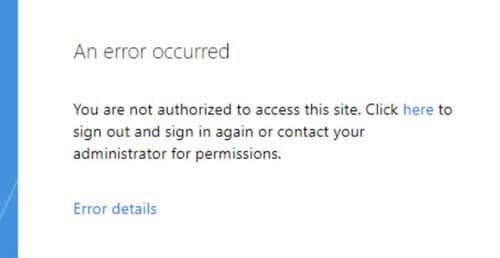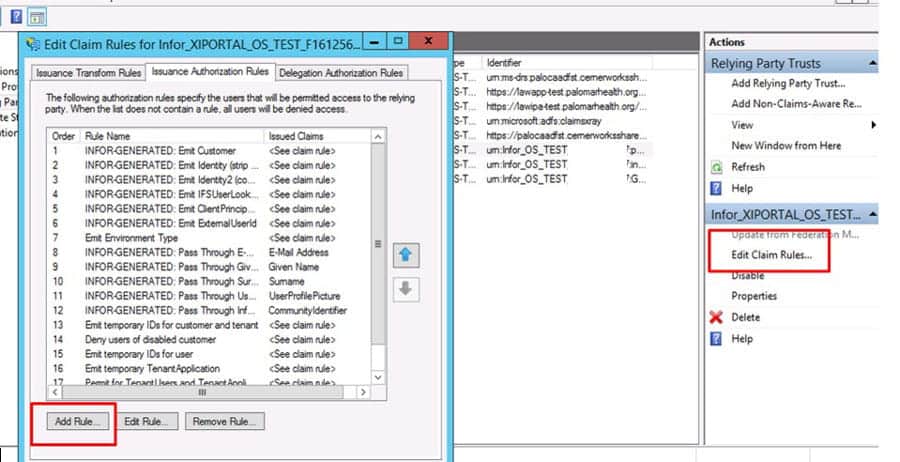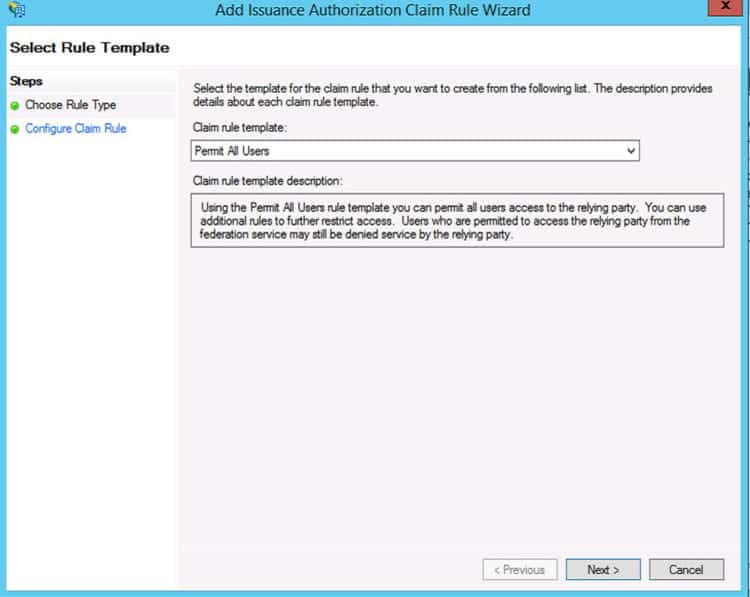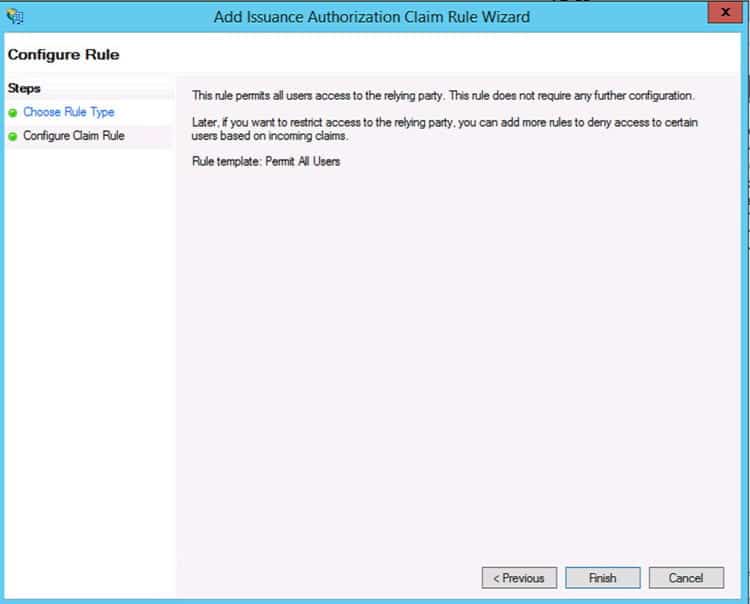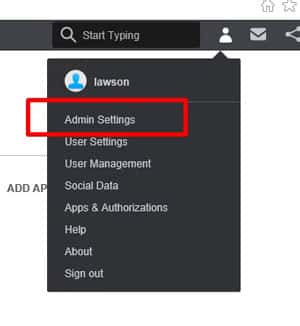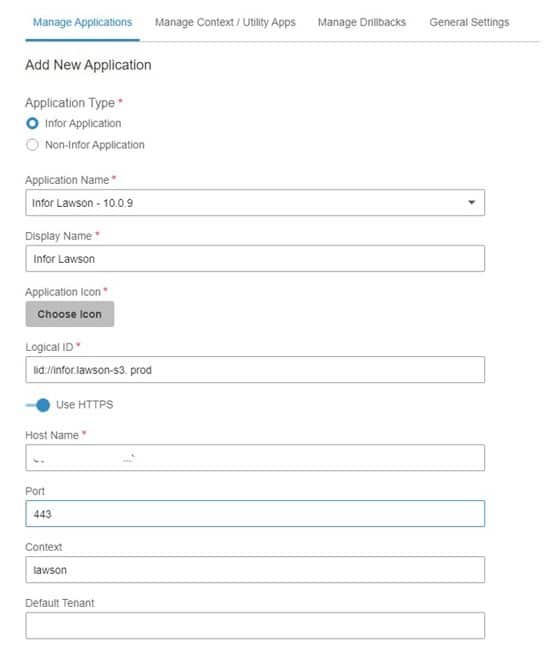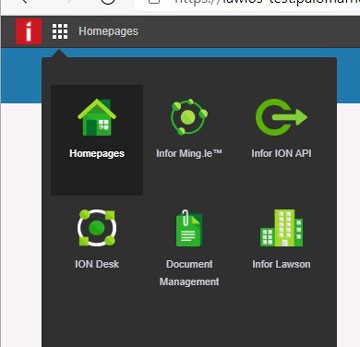It’s official, you have finalized the project to move to Workday and are ready to begin your journey to the cloud. But wait! What will you do with all your Lawson legacy data? By now you probably know that you can’t take it all to Workday. Your data retention policies may not allow you to turn off your Lawson 10x (or 9.0.1) servers just yet. Looks like you have more work to do.
Keeping those servers around for another 7 years is not an option. You’re likely running several Windows 2012 servers, or worst yet, Windows 2008, AIX or AS400 iSeries. Not to mention the database servers, file servers, co-location, Disaster Recovery servers and more. It’s enough to keep the most seasoned IT manager awake at night. What if the hardware fails? What if the old OS has a vulnerability we can’t patch? What if our server admin who knows how to maintain Lawson leaves? All these what-ifs are just the tip of the data retention iceberg.
One option is to park the data in a data lake and bury it under a rug for the time being. But unless your users are data analysts with some sophisticated BI tools and skills, then the data lake might as well be a Crater lake.
What if there was a way to completely remove the Lawson footprint from your data center but still provide fast, secure, and intuitive access to all the data to your users in a way that didn’t require any servers or maintenance? The APIX Serverless Framework is just that solution. Based on the AWS serverless stack, APIX has opened up incredible possibilities for inquiry only applications never before possible without a substantial investment in infrastructure. Clients can now provision a web based, lightweight, data archive solution and migrate all their data within days rather than months and at a fraction of the cost of the other solutions with none of the risk. Find out how the APIX serverless framework can help you meet all your Lawson data archive needs and eliminate the legacy servers for good.

